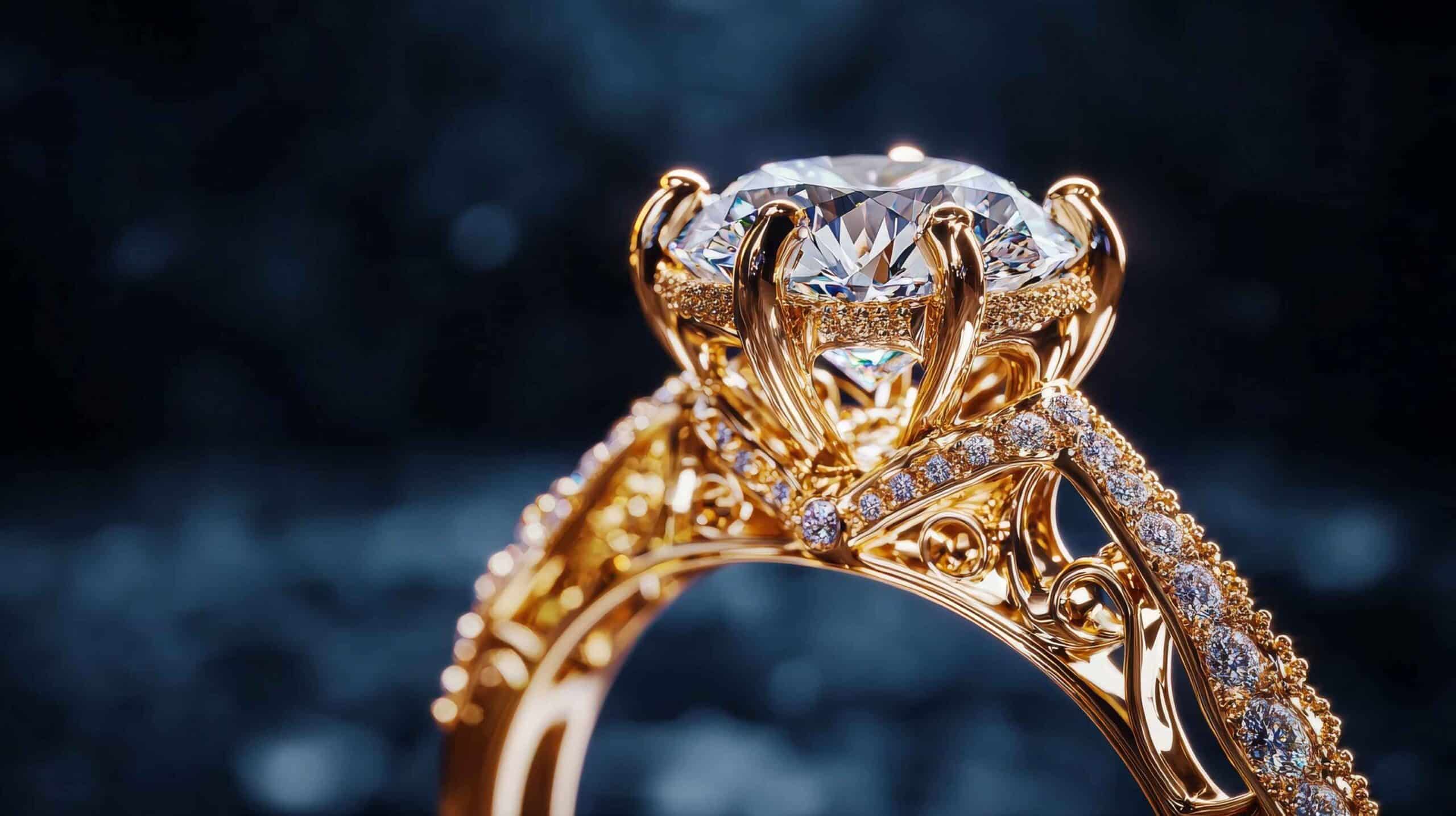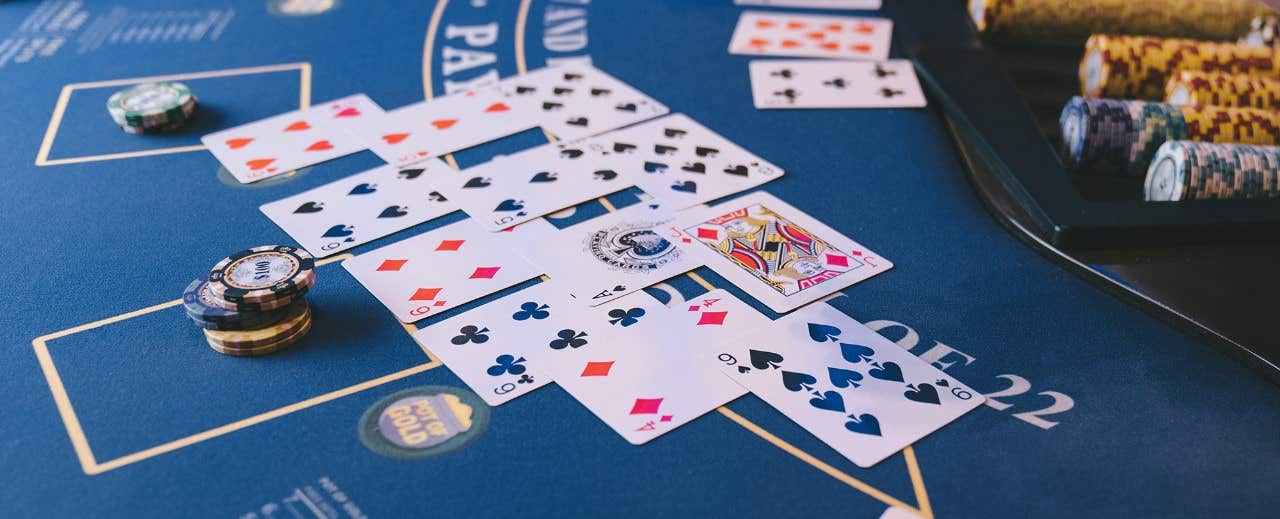The Allure and Rarity of Pink Diamonds: A Timeless Investment

Introduction to Pink Diamonds
Pink diamonds are among the most sought-after and rarest gems in the world, captivating both collectors and investors alike. Their distinct color, which ranges from delicate pastel pinks to deeper, more intense hues, sets them apart from other diamonds. Unlike traditional white diamonds, which are judged primarily on their clarity, cut, and carat, pink diamonds are valued mainly for the intensity and richness of their color. This unique aspect makes them one of the most coveted and prestigious gemstones on the market today. As the demand for pink diamonds continues to rise, understanding their origins, rarity, and value becomes essential for anyone interested in these extraordinary gems.
The Rarity of Pink Diamonds
One of the primary factors contributing to the allure of pink diamonds is their extreme rarity. Unlike other diamonds, which are found in various parts of the world, pink diamonds are primarily mined in a few select locations, with the Argyle Mine in Australia being the most famous. For years, the Argyle Mine was the largest source of pink diamonds globally, accounting for approximately 90% of the world’s pink diamond production. However, in 2020, the mine officially closed, making pink diamonds even rarer and increasing their value. As supplies continue to dwindle, the scarcity of pink diamonds ensures that their prices will remain high, making them not only a beautiful addition to any jewelry collection but also a potentially lucrative investment.
How Pink Diamonds Get Their Color
The color of pink diamonds is one of the most intriguing aspects of their nature. Unlike other diamonds, which derive their color from impurities such as nitrogen or boron, pink diamonds owe their vibrant hue to a unique structural phenomenon. Scientists believe that the color in pink diamonds is caused by a distortion in their crystal lattice, which results from intense pressure during their formation deep within the Earth. This distortion affects the way light is absorbed and reflected by the diamond, giving it its signature pink color. The exact cause of this phenomenon remains a topic of ongoing research, but it is this rare and mysterious origin that contributes to the diamond’s exceptional value.
Pink Diamond Grading
Grading pink diamonds differs from the grading process of white diamonds. While the standard 4Cs (cut, clarity, carat, and color) are used to evaluate diamonds in general, color is the most important factor when grading pink man made diamonds. The Gemological Institute of America (GIA) grades pink diamonds based on the intensity of their color, which can range from faint pink to intense purplish-pink. The more vivid and saturated the color, the higher the value of the diamond. Additionally, the presence of secondary colors, such as purple or orange, can enhance or diminish the overall grade of the pink diamond. As a result, a perfectly cut pink diamond with intense color can command astronomical prices in the market.
Investment Potential of Pink Diamonds
Over the years, pink diamonds have become more than just a symbol of luxury; they are now seen as a valuable investment. The combination of their rarity, beauty, and increasing demand has made them an attractive asset for investors seeking to diversify their portfolios. In fact, pink diamonds have historically outperformed other luxury assets, including art and gold, in terms of price appreciation. As global supply dwindles and demand remains strong, the value of pink diamonds is expected to continue to rise. For those looking to invest in a gemstone with both aesthetic and financial value, pink diamonds represent an exceptional opportunity.
The Global Demand for Pink Diamonds
The demand for pink diamonds has surged in recent years, driven by both collectors and investors. Celebrities and high-profile individuals often choose pink diamonds for engagement rings and other significant pieces of jewelry, further fueling their desirability. Additionally, the growing popularity of these diamonds in emerging markets, particularly in Asia, has contributed to their increasing demand. As more people seek to acquire these rare gemstones, the competition for pink diamonds has intensified, pushing prices higher and making them even more exclusive. This global demand ensures that pink diamonds remain a highly coveted and valuable asset in the world of luxury goods.
The Future of Pink Diamonds
With the closure of the Argyle Mine, the future of pink diamonds is marked by uncertainty and anticipation. As the primary source of pink diamonds has been depleted, the availability of these stones is expected to become even more limited, which could further increase their value. New discoveries of pink diamonds are rare, and the limited supply means that the prices of these gems are likely to continue rising in the coming years. For collectors and investors, this represents both an opportunity and a challenge. As the market for pink diamonds becomes more competitive, acquiring these gems will require not only significant financial resources but also expertise in selecting the highest quality stones.
Pink Diamonds in Jewelry
Pink diamonds are often used in high-end jewelry, where their distinctive color and rarity make them the centerpiece of stunning creations. Due to their exceptional beauty, they are frequently incorporated into engagement rings, necklaces, earrings, and bracelets, with many designers choosing to pair them with white diamonds to highlight their vivid hue. The soft pink tones of these diamonds complement a wide range of metals, including platinum, white gold, and rose gold, making them versatile for various styles of jewelry. For those seeking to make a statement, a piece of jewelry featuring a pink diamond can serve as a timeless and luxurious symbol of elegance and exclusivity.
The Emotional Appeal of Pink Diamonds
Beyond their monetary value, pink diamonds also hold significant emotional appeal. Their rarity and beauty make them a symbol of love, commitment, and exclusivity. Many individuals choose pink diamonds for special occasions, such as engagements or anniversaries, because of their emotional significance and their association with enduring beauty. The romantic allure of pink diamonds, combined with their status as one of the rarest gemstones in the world, makes them a highly sought-after choice for those seeking a truly unique and meaningful piece of jewelry.
Conclusion
Pink diamonds represent the perfect blend of rarity, beauty, and investment potential. Their exceptional color, caused by a unique distortion in the diamond’s crystal lattice, adds to their mystique and value. As global demand for these rare gemstones continues to grow, their scarcity and potential for price appreciation make them an attractive option for collectors and investors alike. Whether used in jewelry or as a long-term investment, pink diamonds are a symbol of luxury and exclusivity that will remain highly prized for generations to come.





